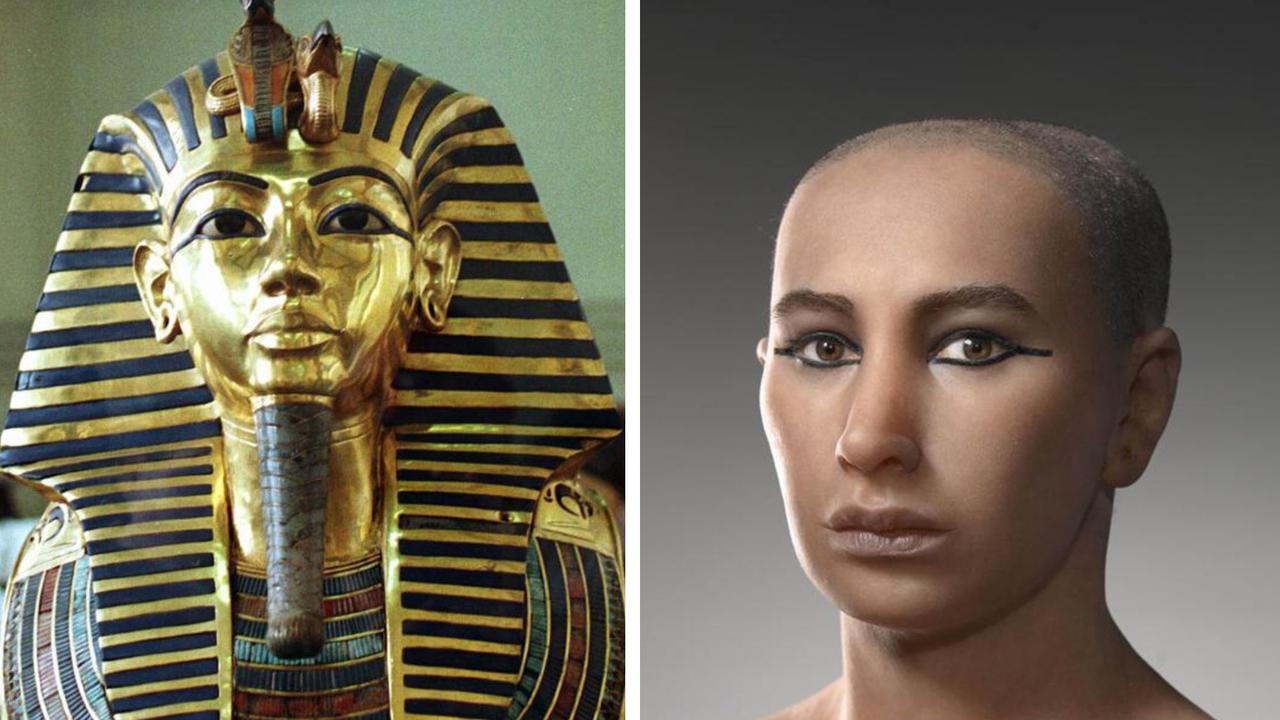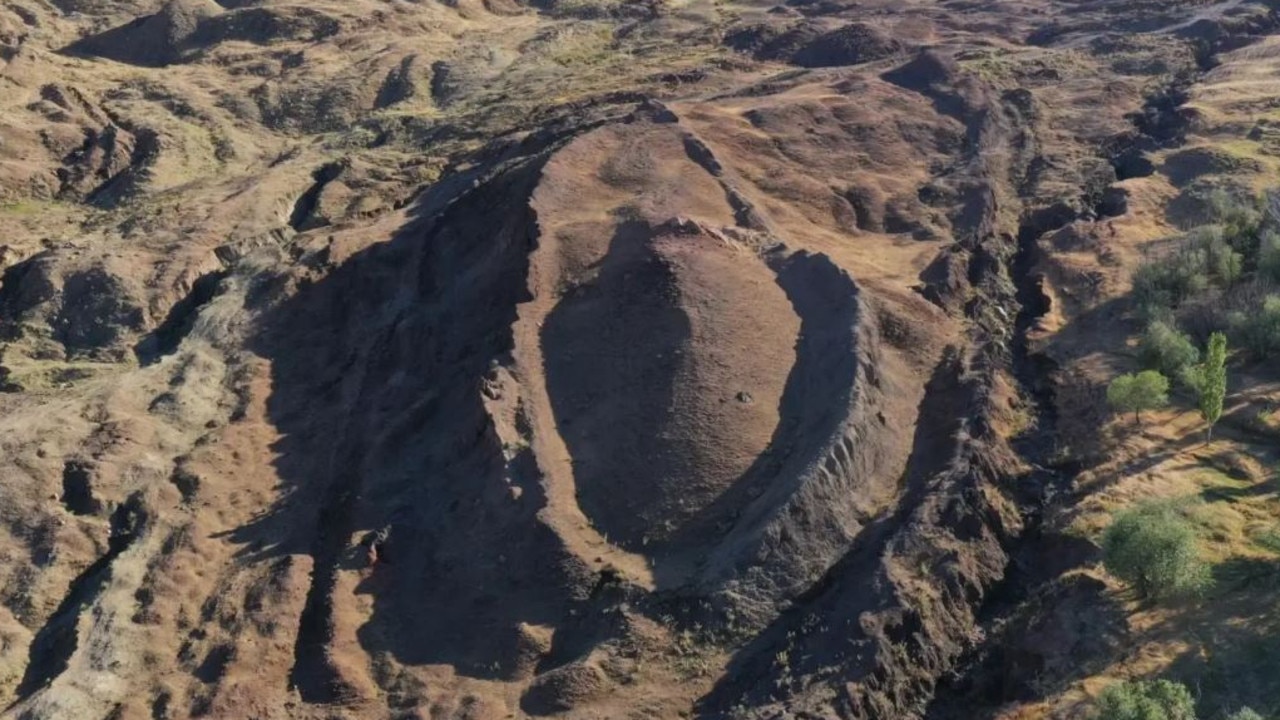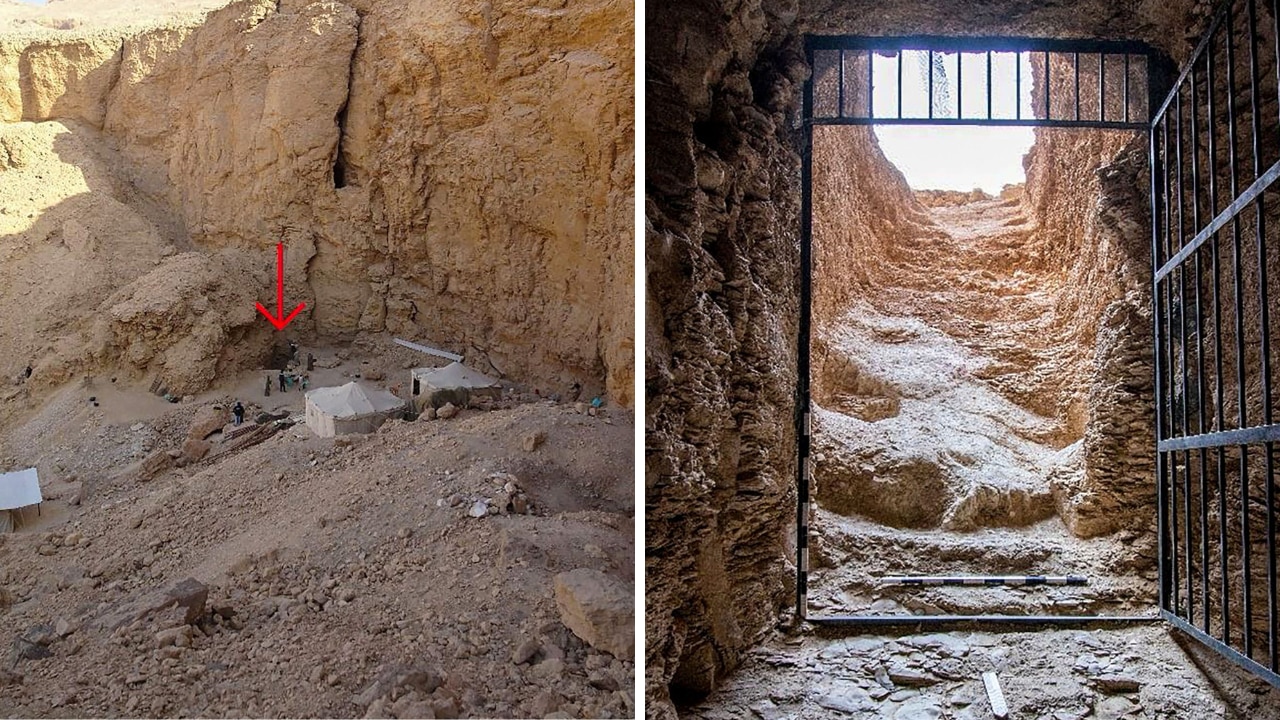Huge Stonehenge secret unveiled?
A researcher believes he has cracked a major mystery about the awe-inspiring ancient site – and it points to the stone circle’s true purpose.
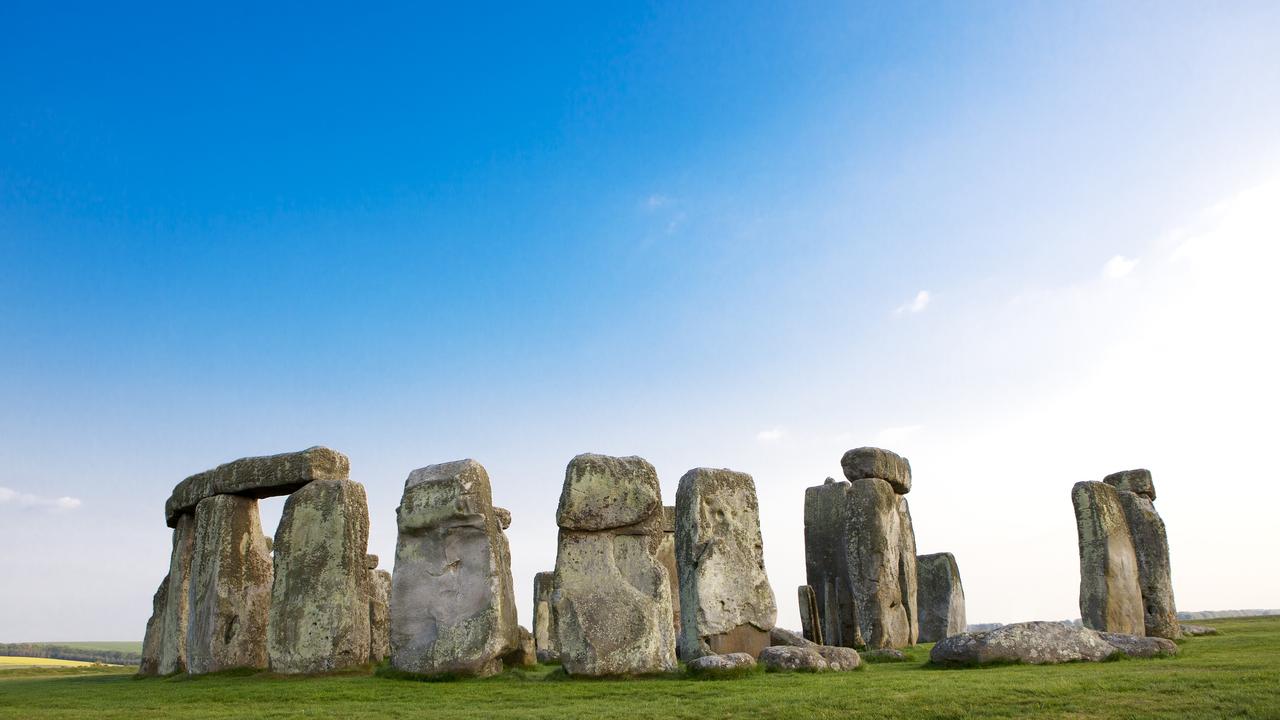
A researcher believes he has discovered the answer to one of the most perplexing questions about the ancient site of Stonehenge: What was its purpose?
According to a study published yesterday in the Cambridge Journal of Antiquity, the 4500-year-old Stonehenge was used as a solar calendar, tracking the annual movements of the sun.
Author of the study Timothy Darvill, who is a professor of archaeology at Bournemouth University in the UK, presented new information and analysis of the site’s history, saying the largest stones at the stone circle in southwest England embodied a perpetual calendar.
He said it is based on a tropical solar calendar with 365.25 days each year – incredibly close to the 365.2425 days in modern solar calendars.
“The clear solstitial alignment of Stonehenge has prompted people to suggest that the site included some kind of calendar since the antiquarian William Stukeley,” Prof Darvill said.
“Now, discoveries brought the issue into sharper focus and indicate the site was a calendar based on a tropical solar year of 365.25 days.”
While the idea of Stonehenge serving as a kind of prehistoric time-reckoning device has been suspected for a long time, nobody has been able to adequately explain exactly how it may have worked, until now.
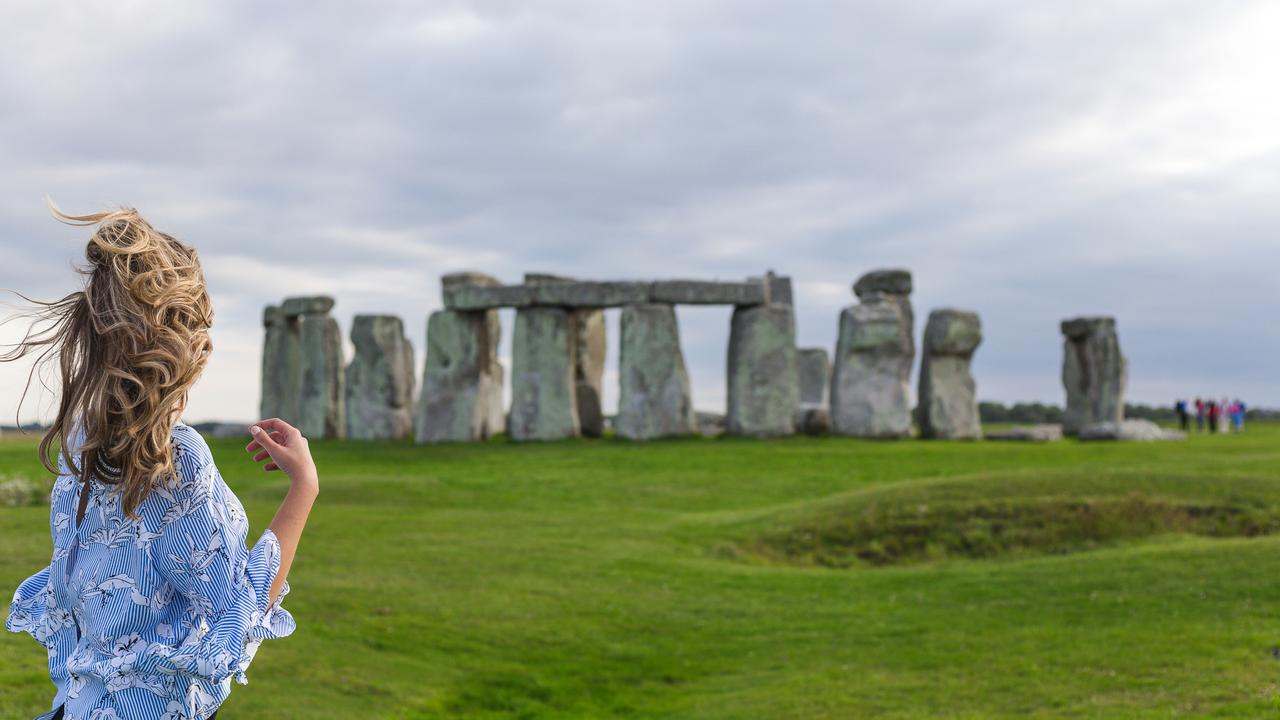
Prof Darvill said new developments in understanding the phasing of the site has highlighted the placement of its sarsen stones. That’s the technical name for the standing stones, which were put there around 2500BC.
Ultimately, the importance of the layout is highlighted during the winter and summer solstices, which sees the sun framed by the same stones each time.
Professor Darvill said: “The proposed calendar works in a very straightforward way. Each of the 30 stones in the Sarsen Circle represents a day within a month, itself divided into three weeks each of 10 days.”
So 12 months of 30 days makes 360 days, the last five days to complete a solar year were marked in the middle, by the five structures of the Trilithon Horseshoe.
An extra day could be added every four years thanks to the four station stones on the outside of the structure, and there was also an intercalary month of five days.
“The intercalary month, probably dedicated to the deities of the site, is represented by the five trilithons in the centre of the site,” Prof Darvill said. “The four station stones outside the Sarsen Circle provide markers to notch-up until a leap day.”


Such a calendar, with 10-day weeks and extra months, may seem unusual today. However, calendars like this were adopted by many cultures during this period including in the eastern Mediterranean and Egypt.
Prof Darvill has explored the placement of the stones in great detail, including obtaining measurements of the distance between them as well as the objects’ heights.
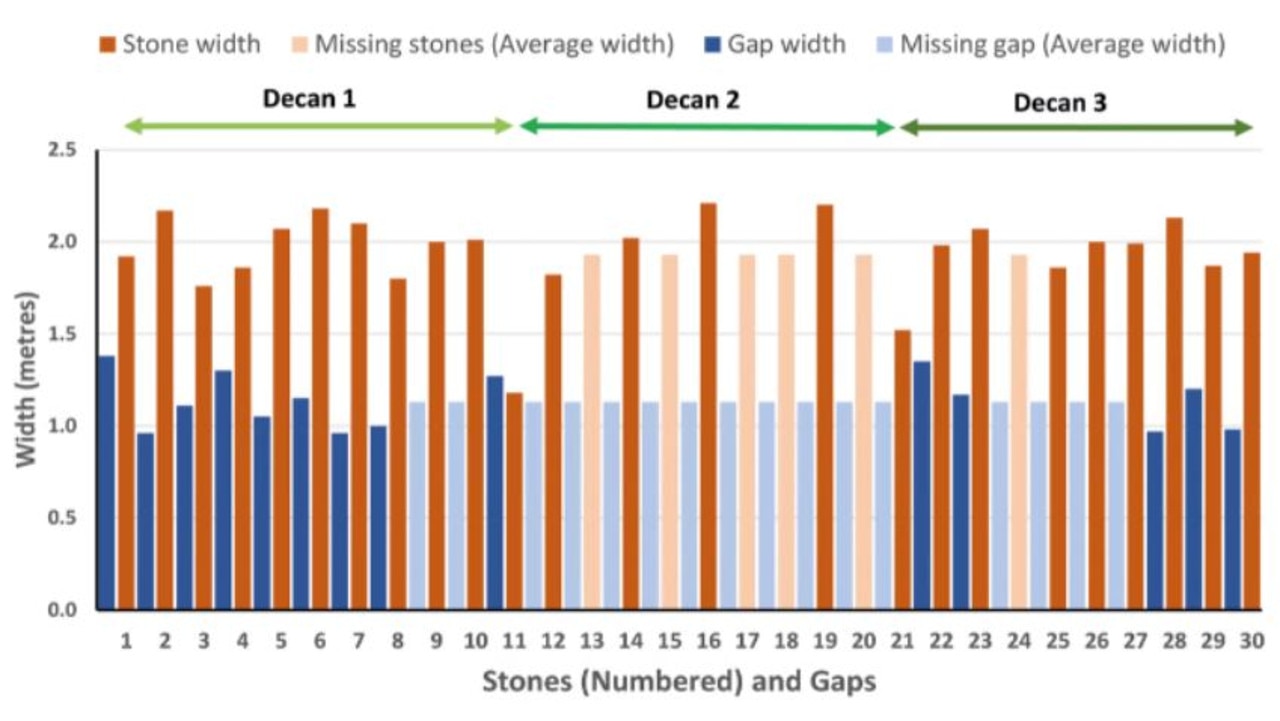
Ultimately, Prof Darvill said the identification of a solar calendar at Stonehenge should transform how we see the site.
“Finding a solar calendar represented in the architecture of Stonehenge opens up a whole new way of seeing the monument as a place for the living,” he said.
“A place where the timing of ceremonies and festivals was connected to the very fabric of the universe and celestial movements in the heavens.”

He hopes future research may explore the possibility that the calendar tracked by Stonehenge may stem from the influence of other cultures.
It comes as a new exhibit opens in London exploring the mysteries of the site. Archaeologist Neil Wilkin says he hopes it will help shed new light on Stonehenge and its connections to other parts of the Britain and Europe.

